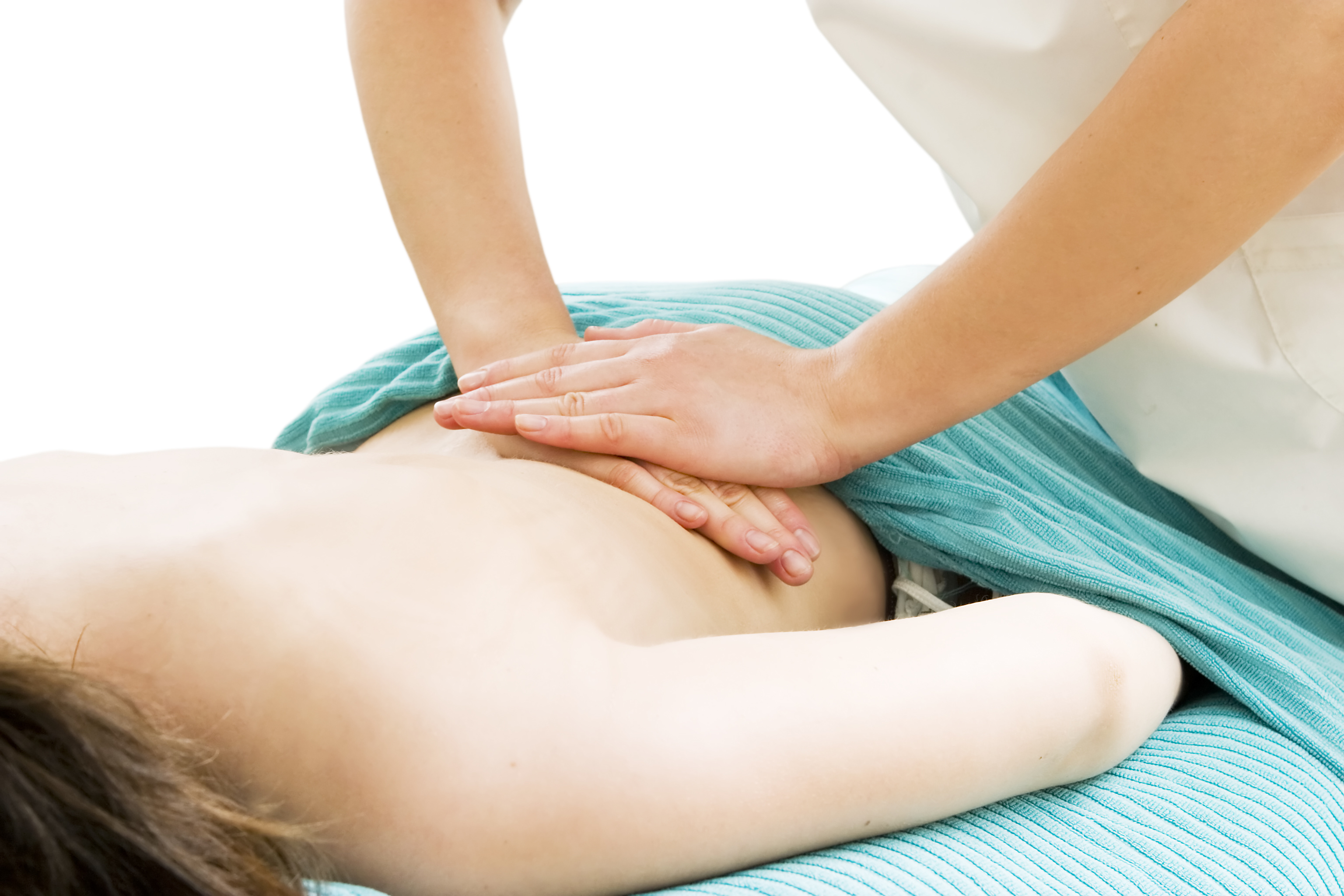What Are the Best Sleeping Positions to Reduce Back Pain at Night?
The American Association of Neurological Surgeons estimates that 75 to 85 percent of Americans face back pain at some point in their lives. That’s a pretty alarming number!
Back pain can prevent you from doing many things you enjoy such as sleeping, working out, or traveling.
Does your back pain keep you up at night? Is it hard to find the perfect position that gives you the best pain relief?
Here are some helpful sleeping positions that will reduce back pain so you can rest easy.
1. On Your Side with a Pillow Between Your Knees
Try shifting to your side instead of laying flat on your back.
- Your shoulder and side of the body you sleep on should touch the mattress
- Put the pillow between your knees
- If your waist does not touch the mattress, add a small pillow
- Don’t always sleep on the same side – rotate
Why the side position? It’s not sleeping on your side that makes you feel better – it’s the pillow that aligns your pelvis, hips, and spine.
2. On Side in the Fetal Position
If you have a herniated disk, you should try this position. It gives a little extra support.
- Start on your back and then roll to your side gently
- Tuck your knees into your chest
- Curl your torso toward your knees
- Switch sides regularly to prevent imbalance
Each of your disks has soft cushions between them. When your disk becomes herniated, the disk is out of its normal spot which causes the pain and weakness. This position helps your disk by opening up space between each of vertebrae.
3. On Your Stomach with a Pillow Under Abdomen
Sleeping on your stomach can be uncomfortable if you have back pain. It could add stress to your neck.
If you love sleeping on your stomach, you can try:
- Putting a pillow under your pelvis and lower abdomen
- Removing the pillow from under your head
You can feel the pressure in your neck if you turn your head to the side. To relieve pressure on your neck, use a small pillow or rolled-up towel under your forehead. Facing your head down is best for your neck.
If you have degenerative disk disease, you may benefit the most from stomach sleeping with a pillow. It relieves the stress pushing on the space between your disks.
4. On Your Back with a Pillow Under Your Knees
Sleeping on your back may be your best option for pain relief. To get the most support:
- Lay straight on your back
- Put a pillow below knees
- Use a small rolled up towel under back for additional support
This position helps because your weight is distributed evenly. Your weight is also spread across the widest part of your body.
This allows your spine and organs to be aligned and relieves strain on the pressure points. The pillow is key to keeping your lower back in a curve.
5. On Your Back Reclining Position
Have you slept in a recliner? This position can be beneficial if you have isthmic spondylolisthesis, which is a condition causing one of your vertebra to slip over the next vertebra underneath.
Reclining helps because it creates an angle between your trunk and thighs, which reduces pressure on the spine.
You can also choose to invest in an adjustable bed for additional support and the best alignment.
Alignment is Key
As you can see, there are a variety of sleep position options if you have back pain. Keeping proper alignment is the most important part of getting a comfortable night’s sleep.
Be sure you align your ears, hips, and shoulders. Add any pillows to fill gaps between your body and the bed. These gaps strain your muscles and spine.
You can also mess up your alignment when you turn in bed. Try to keep your entire body together as you move. Keep your core tight and pull your belly button in.
If needed, you may bring your knees to your chest to roll over for added support.
Key Points About Choosing a Pillow
Now that we have discussed sleep positions – it’s important to talk about your pillow. There are a variety of pillows and some are better suited for different sleep positions.
Your main head pillow should promote the natural neck posture. It should also support your spine.
You want this pillow to not only be comfortable but also adaptable. It should keep its shape after use.
You should change your pillow every 12-18 months.
If you sleep on your back, a thinner pillow may be the best option because it doesn’t raise the head too much. Memory foam is a suitable option because it forms into the shape of the neck and head.
If you sleep on your side, you should consider a thick pillow. You want this pillow to completely fill in the space between the mattress and the neck.
Stomach sleepers should also consider a thin pillow or forego having a pillow. If your pillow is too thick, it will put pressure on your neck by pushing the head back. A small firm pillow can be used to support the forehead.
How to Choose a Mattress
Your mattress needs to be supportive and comfortable. People with lower back pain may want to consider a medium-firm mattress. If your mattress is too firm, it will put strain on your pressure points and get your body out of alignment.
Your size, shape, and proportions determine the amount of support you need. You want to feel like you are floating on air with no pressure on your body.
If your mattress is too soft, it can twist your joints and get your spine out of alignment.
There are several mattress styles to choose from including innerspring, memory foam, latex, and air.
You should replace your mattress every 10-15 years.
Still Looking to Reduce Back Pain?
It’s hard to get a good night’s sleep when you have back pain. If you feel like you need more help to reduce back pain, contact Dr. Carl Spivak today for a no-cost MRI review.
He will work with you to see if you are a candidate for his minimally invasive procedures to reduce your back pain.



